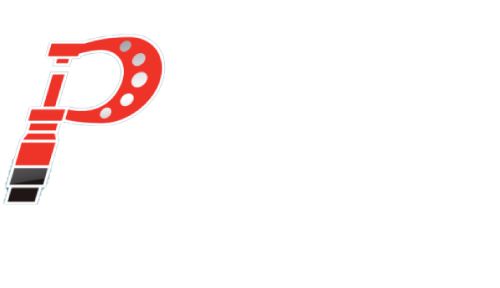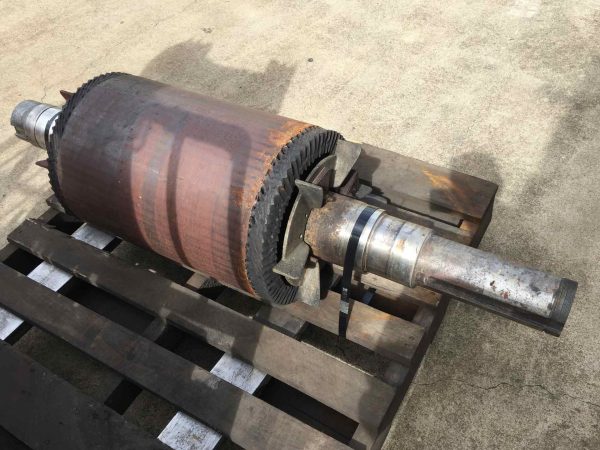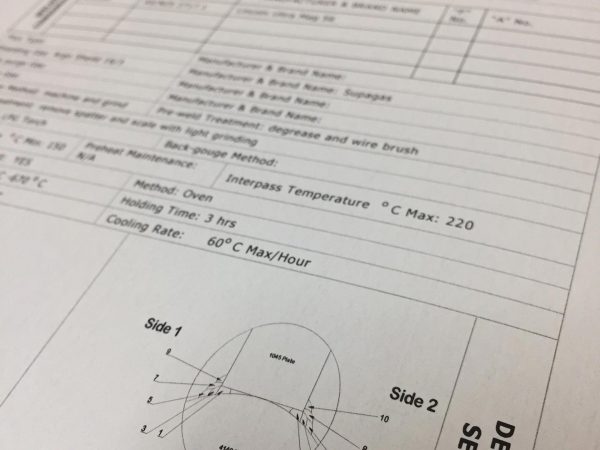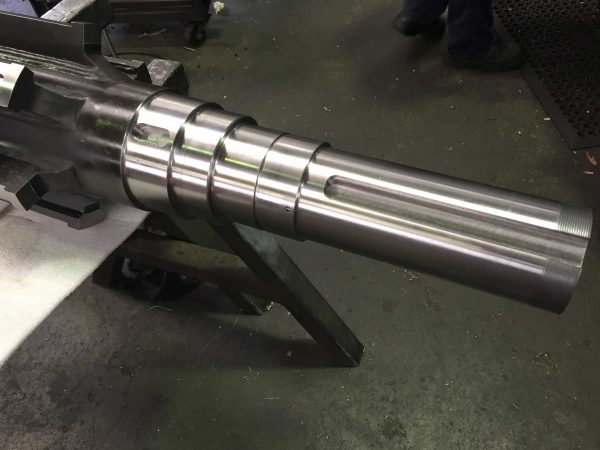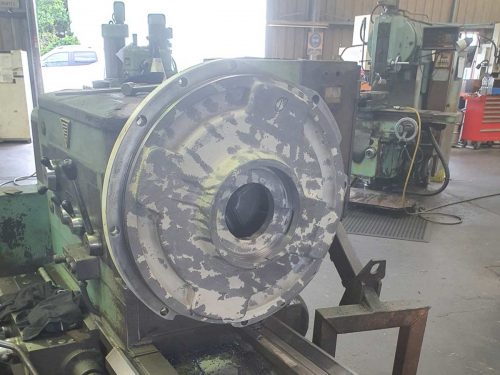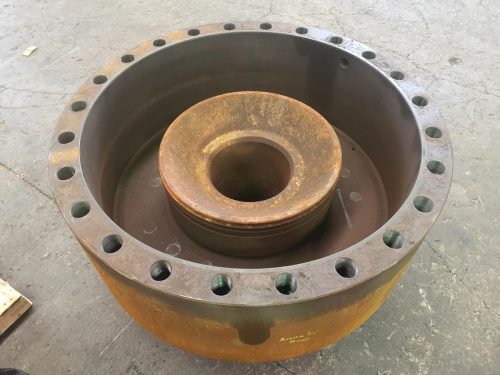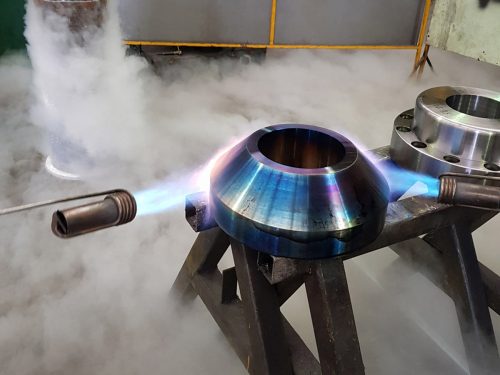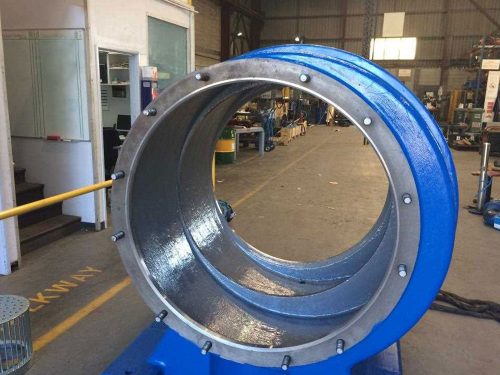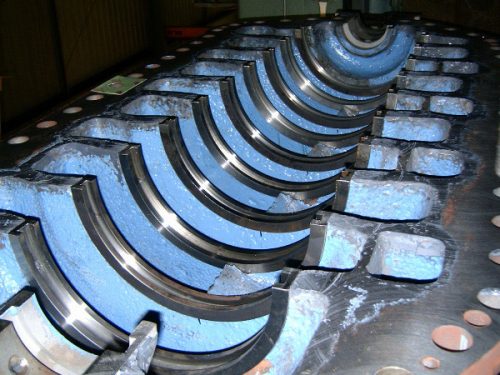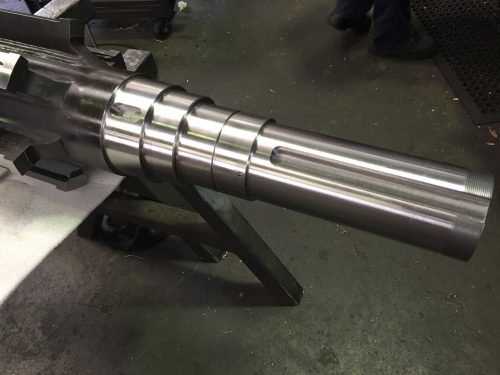
OUR EXPERIENCE
REPAIRING A ROTOR
SHAFT WITH SPIDER
When our client came to us with a damaged electric motor, they were looking for a one-stop-shop that could do everything. As always, Prime Engineering delivered. Read on to find out how we produced a new rotor shaft that was higher in quality, more affordable and completed with an impressing lead time!
The Challenge:
The client’s 280KW 6 Pole electric motor had damaged bearing and coupling journals. Typically, this kind of damage could be resolved with weld repair, metal spray or sleeving. However, this was not an option for this project. The client requested for us to remove the damaged shaft, supply, fabricate and machine a new shaft and fit the new shaft to the rotor.
So, we took a multi-disciplinary, creative approach…
The Results:
- CAD software drawings were made using precision measurements, so the rotor shaft was error-free and exact. We fabricated and machined the shaft according to our core business philosophy – it’s spot on, or it’s nothing at all.
- Our client was extremely impressed with the lead time, price and quality of their new rotor shaft and its execution.
